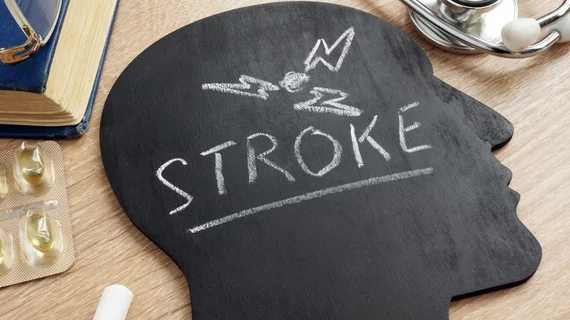Noncontrast CT a cost-friendly alternative to select late-stroke patients for thrombectomy
Noncontrast CT can serve as a viable alternative to advanced imaging techniques when selecting late-stroke patients to undergo thrombectomy, according to a study published Monday.
Many stroke centers across the U.S. and globally don’t have immediate access to advanced modalities like MRI or CT perfusion. But using CT to select stroke patients for treatment in the extended time window resulted in similar outcomes compared to top-of-the-line imaging approaches, experts reported in JAMA Network Open.
The authors said this is the largest multicenter study investigating noncontrast CT (NCCT) selection in this specific patient population.
“These findings have the potential to widen the indication for treating patients in the extended window using the simpler, less costly, and easier to implement NCCT imaging as an alternative to CTP or MRI,” Thanh N. Nguyen, MD, with Boston Medical Center’s Department of Radiology, and colleagues explained.
For the CLEAR study, Nguyen et al. enrolled consecutive patients with proximal anterior circulation occlusion stroke who arrived at the hospital within 6-24 hours after experiencing symptoms. The 1,604 eligible patients were treated across 15 institutions in five countries between January 2014 and December 2020.
Overall, the 534 patients picked to undergo thrombectomy via CT yielded similar 90-day clinical and safety outcomes compared to those selected using CTA or MRI.
Additionally, door-to-puncture time, a quality metric of stroke care, proved shorter in those chosen by CT rather than CTP and MRI.
Nguyen and co-authors believe their results support a more “pragmatic” way to select patients for mechanical thrombectomy in the extended time frame.
“This selection could occur as an alternative to CTP-based or MRI-based selection paradigms, the second of which are not widely available across the globe, associated with potential treatment delays, cost, contrast load, radiation exposure, and resource use,” the team added Nov. 8.
Multiple study authors listed relevant disclosures, including Nguyen, who receives research support from Medtronic and the Society of Vascular and Interventional Neurology.

